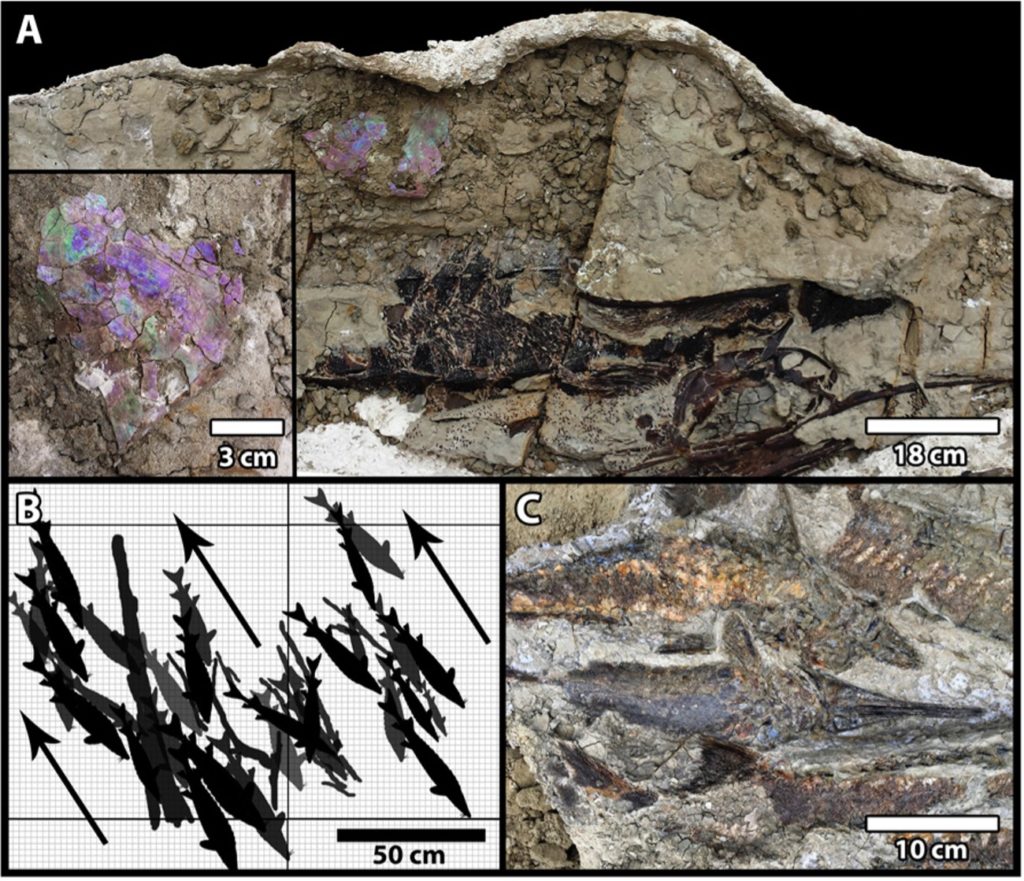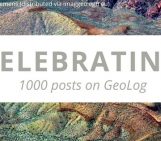
Have you ever wanted to set up your own science podcast? I have been running the Geology Bites podcast now for almost a year and I have often been asked what it takes to set up your own podcast. Here are some of my top tips on what’s involved, the challenges I faced, and how I overcame them.
- Choose your podcast topic. If there’s one essential step, it’s that you choose a topic you’re fascinated by that you truly want to share widely. This urge is what fuels the entire enterprise. For me it is how geology and planetary science seek to understand the world from the widest perspective. I’m constantly intrigued by the unfathomable timescales of deep time, or the temperatures and pressures within our planet. It seems outlandish that we can discover aspects of what went on 4 billion years ago or what is happening at the core-mantle boundary, and even in the core. Yet by using scientific and technical prowess, we can do just that. In my podcast, that is my focus: to share digestible bites of current geoscience research and how it is done.
- Pick a podcast style. I knew I wanted to interview eminent geologists and planetary scientists. I was inspired by the succinct style taken by philosophybites.com, which addresses deep and subtle topics without sugar-coating or jargon. Others might prefer a chattier, less compressed approach, but this was my preferred style.
- Find the right technology. One big hurdle I had to overcome was learning how to actually go about sharing the podcast. My daughter, who is much less tech-savvy than I am, managed to launch her podcast, so with her help I knew I could figure it out. The resources you need are (i) a podcast host, and (ii) software to edit your audio recording. There are many hosting options and I chose Anchor because it seemed easy, it was free, and it publishes the podcasts to all the platforms. As for audio editing software, I picked Audacity, which is also free, easy to learn and powerful enough for my purposes. For the interviews being done during the pandemic, there was no question of doing them in-person, so I decided to ask the guests to record themselves on their own smartphone. One technical challenge I experienced: getting good-quality audio! We’re used to listening to professionally recorded programs, so it’s important to take steps to get a decent recording. I wrote a list of recording guidelines that I shared with speakers in advance, which grew longer as unexpected problems arose – the hum of a fan, a dog barking, a computer alert sound – the list goes on! A key aspect to improve your audio is to make sure you aren’t more than about 15cm from the microphone. As my experience with podcasting grew I also invested in a professional mic.
- Be bold and invite the people you want. The next task was to find a leading geologist willing to serve as my guinea pig. Mike Searle at Oxford University volunteered. I used my personal contacts to get the attention of my next few guests, and, gradually, as the list of featured geologists grew, my targeted speakers became more and more enthusiastic about participating. Earth Science is a very male-dominated field, so extra effort was needed to ensure diversity. Everyone is busy, so expect it to be harder to get whom you want at the outset.
- Editing is crucial. Then comes editing. It’s good to have a time limit – mine was 30 minutes. There are various schools of thought on editing style; some prefer minimal editing to make the conversation sound natural and relaxed. However, given my desire to make something compact, I chose to tighten up the speech with aggressive editing. It’s time-consuming, and you become more skillful with practice, but the results matter.
- Seek external opinions. When you’re creating your own podcast, it’s hard to maintain perspective. You really need at least a couple of reviewers. Mine help me to make all manner of changes – sometimes even completely reordering the sequence of the podcast, adding definitions, or just cleaning up sloppy edits. I then send the draft edit to the guest geologists, to check they are happy with the result.
- Give people a destination. After listening, a friend told me she really needed to look at something to link to the audio in the podcast. So I created a Geology Bites website with a separate page for each episode. It’s very useful to share additional materials connected to the podcast, such as speaker portraits, maps, diagrams, and photos, as well as helping me get feedback.

These images show the recently discovered surge deposit in North Dakota that documents the cataclysmic events occurring within hours of the asteroid impact that ended the Cretaceous (and with it the dinosaurs) 66 million years ago. In his podcast, Jan Smit explains how small glassy tectites rained down on a shallow river and became lodged in the gills of feeding paddlefish, which subsequently died before they could find their way into the fishes’ guts.
DePalma et al., PNAS, (2019) 116, 8190 - Get the word out. The final challenge, and an ongoing one, is to get the word out. In the “attention economy,” many choices compete for people’s attention, but with over 35 episodes posted now, I am getting a steady increase in traffic. I also post on social media (Twitter: @geology_bites, @oliverstrimpel, Instagram: oliverstrimpel), have an email sign-up list, and encourage people to share the podcast through links.
So what have I learned? Well, it’s been extraordinarily rewarding. I’m learning so much geology from my conversations, and the increasing number of listeners and the feedback I get make it feel very worthwhile. If you decide to launch your own podcast, you won’t regret it.




